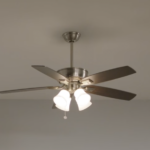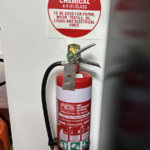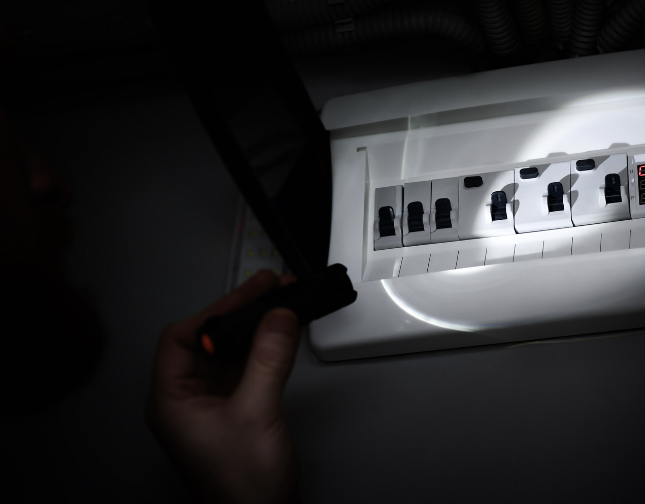
Everyone knows what a blackout is, and has experienced one. But have you been in a brownout in Australia?
There is nothing worse than a sudden blackout rendering your house virtually useless. The sudden loss of heating or cooling, the darkness of lightless rooms, or even the fear of spoiled food. We all know what a blackout is like, but not everyone knows that in some cases, your lack of power could be due to what is called a brownout. To help you combat these electrical failures first, we must understand the difference between a brownout and a blackout.
What is a brownout?

So what exactly is a brownout you might ask? Well, A brownout refers to a temporary reduction in the voltage level of electricity supplied by the electrical grid. In simple terms, there is a temporary reduction of electricity going into your appliances and power outlets in your house. This reduction in voltage causes lights to dim and electrical equipment to operate less efficiently, Usually between 10-25% less.
Brownouts usually occur due to a variety of factors such as disruptions to the electrical grid or intentionally by energy providers if they need to manage high demand and prevent grid overload. They are typically brief in duration and are sometimes implemented as an interim measure during emergencies.
How does a brownout occur?
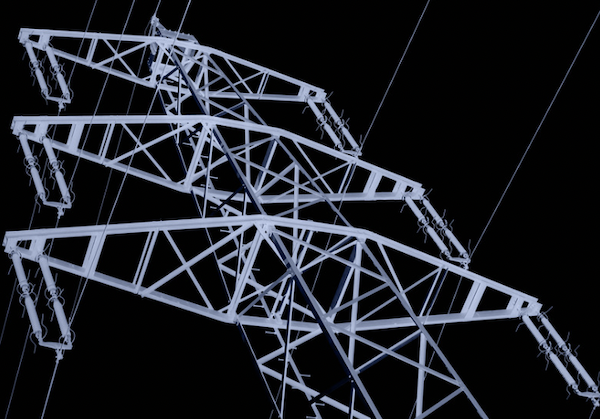
A brownout happens when there’s so much demand for electricity that the system can’t keep up. During times of high demand, like hot summer days when everyone’s blasting their air conditioners, or freezing cold winters when everyone needs the heater.
In order to prevent a complete blackout, power companies will intentionally reduce the voltage as a brownout will cause less damage than if a full blackout were to occur.
As we lean more on renewable energy, as great as it is for the environment, it also makes our power supply less predictable. For example solar and wind power; change depending on the weather, which can lead to imbalances and power reductions.
Sometimes, energy companies intentionally cut power to avoid a complete system breakdown. This is usually a last resort to balance out the supply and demand of electricity.
What is a blackout?
Think of a blackout as a sudden loss of electricity, where all the lights, appliances, and gadgets in your home suddenly stop working. It’s as if someone flicks a giant switch, and everything goes dark.
There are a few different reasons as to why this could happen, like a power grid failure, severe weather conditions, or just general equipment malfunction. During a blackout, you’re left without electricity until the issue gets fixed and power is restored. A blackout will often affect large areas and can last all different time frames.
How does a blackout occur?
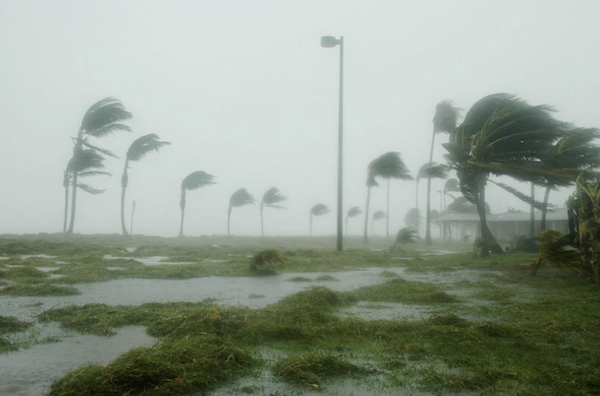
Blackouts are typically caused by large technical issues. They are often from more natural disasters or events such as;
- Storms
- Floods
- Bushfires
- Earthquakes
These events destroy electrical lines and equipment, resulting in extensive outages. Other non-disaster reasons for blackouts and outages could be;
- Infrastructure
- Maintenance issues
- Grid equipment failure
Essentially they are things that disrupt the flow of electricity to the grids that cause a blackout.
Brownout vs blackout: key differences
There are plenty of differences between a brownout and a blackout, and being able to identify can help tremendously when it comes to being prepared for each scenario.
Listed below are key contrasts between a brownout vs a blackout:
Voltage
- Brownout: Reduced voltage
- Blackout: No voltage
Causes
- Brownout: High grid demand, constraints on infrastructure, instability of renewable energy, Emergency load reduction
- Blackout: Natural disasters, infrastructure failure, high demand, human error
Geographical scale
- Brownout: most commonly localized
- Blackout: often can be widespread
Effect on devices
- Brownout: Reduced voltage causing flickering and dimming of lights, performance reduction of devices
- Blackout: Immediate stoppage of power, surge risk, long term effect on appliances, safety issues
Length
- Brownout: usually a few minute to a few hours
- Blackout: can range between minutes and days
What to do during a brownout or blackout?

So out of the blue, you have had a brownout or blackout and you need to know what you can do.
All modern houses rely on power, so you can imagine the effect that brownouts and blackouts have. Here are some recommendations on how you could prepare for if these events occur.
Device safety – Unplug small devices and whatever large devices you can. This will help protect them from any damage that may occur.
Emergency kit – having an emergency supply kit providing you with the essentials could go a large distance in reducing the effect of these power outages. Essentials such as non-perishable food, water sources, prescriptions, torches and spare batteries are just a few items that will help while your power is down.
Power solutions – having a portable charger for your phones, spare batteries for torches, and a backup generator for power supply.
Protect your food -The food standards agency (FSA) says that your fridge can keep your food for up to 4 hours in the event of a power outage so make sure that you keep all the doors of your fridge and freezer closed to preserve the food as long as possible.
Do brownouts and blackouts damage electronics?
The simple answer is yes. Sensitive electronic devices are designed to work within specific voltage ranges.
When experiencing a power disruption, such as a brownout, where voltage drops below optimal levels, these devices are vulnerable to malfunction, data corruption, or even permanent damage.
With a blackout, the sudden surge of power returning can sometimes put too much strain and cause damage to your devices.
Should I unplug my devices during a blackout and brownout?
Unplugging your devices can help safeguard them from any damage or data loss that might occur from a brownout or blackout. It will also protect them from the sudden surge once power returns which could cause overheating and a potential fire hazard.
Sometimes for your large devices, it is not ideal to unplug them, so it is important to install surge protectors to keep them safe.
How long do brownouts last?
We all know how inconvenient brownouts and blackouts can be, but how long do they actually last?
Compared to blackouts, brownouts are usually over significantly quicker. Usually after a few seconds or up to a few hours. Some brownouts are brief, lasting only momentarily as the electrical system adjusts to changes in demand or fixes minor disturbances.
Others may last for several minutes or hours if the underlying issue is more significant. In contrast to blackouts that have the potential to be between hours and even days. This is because there could be major damage that has occurred to power stations or power lines which can sometimes incur long fixing times.
Blackouts are significantly more severe than brownouts but brownouts are at a higher likelihood of occurring.
Understanding the key differences between brownouts and blackouts can make a monumental difference when it comes to being prepared for, and your reaction to such events.
The effect of power outages can be reduced if proper plans are in place to combat these issues.
Emergency packs, plans, and education can ensure that something so inconvenient becomes tolerable so that your family can be comfortable and relaxed knowing everything will be okay.
Remember, you can never be over-prepared.



